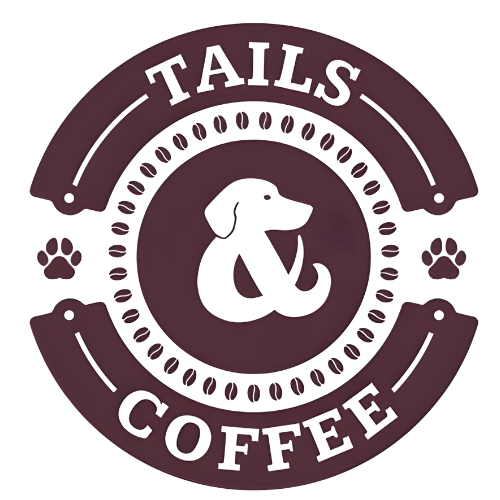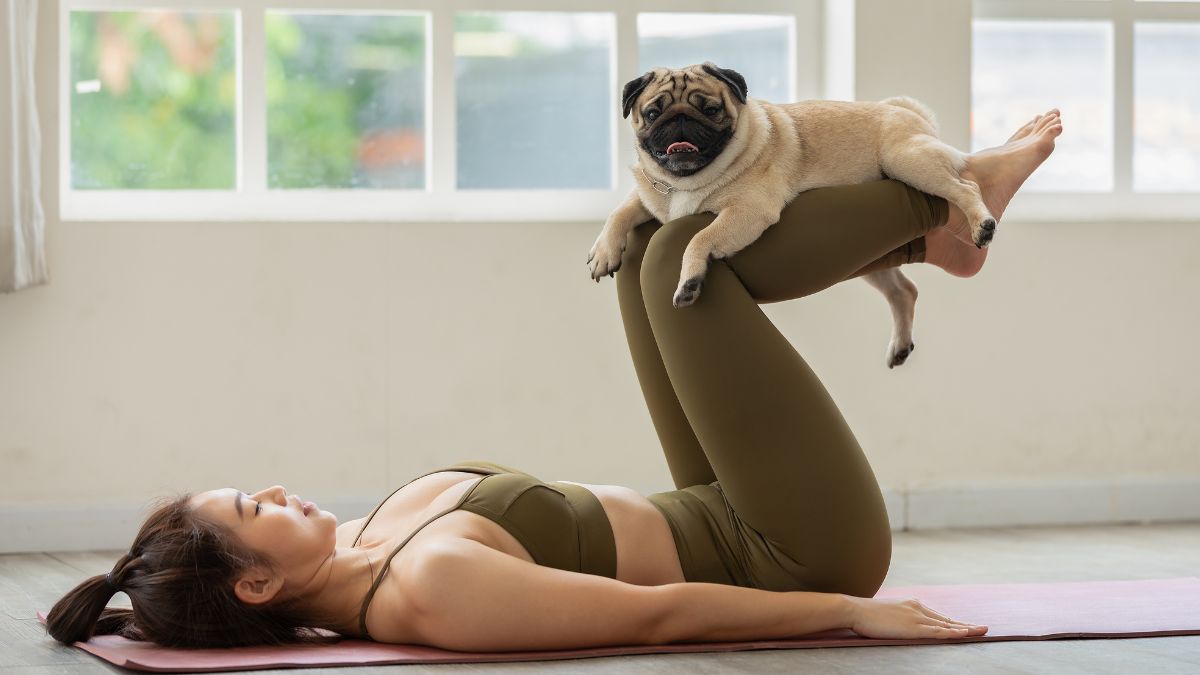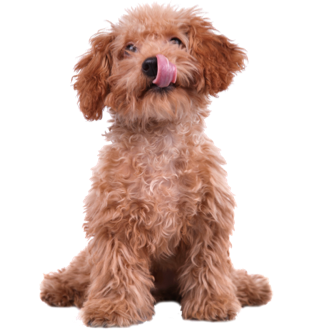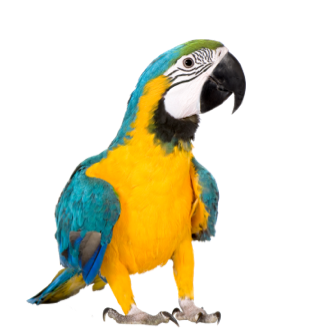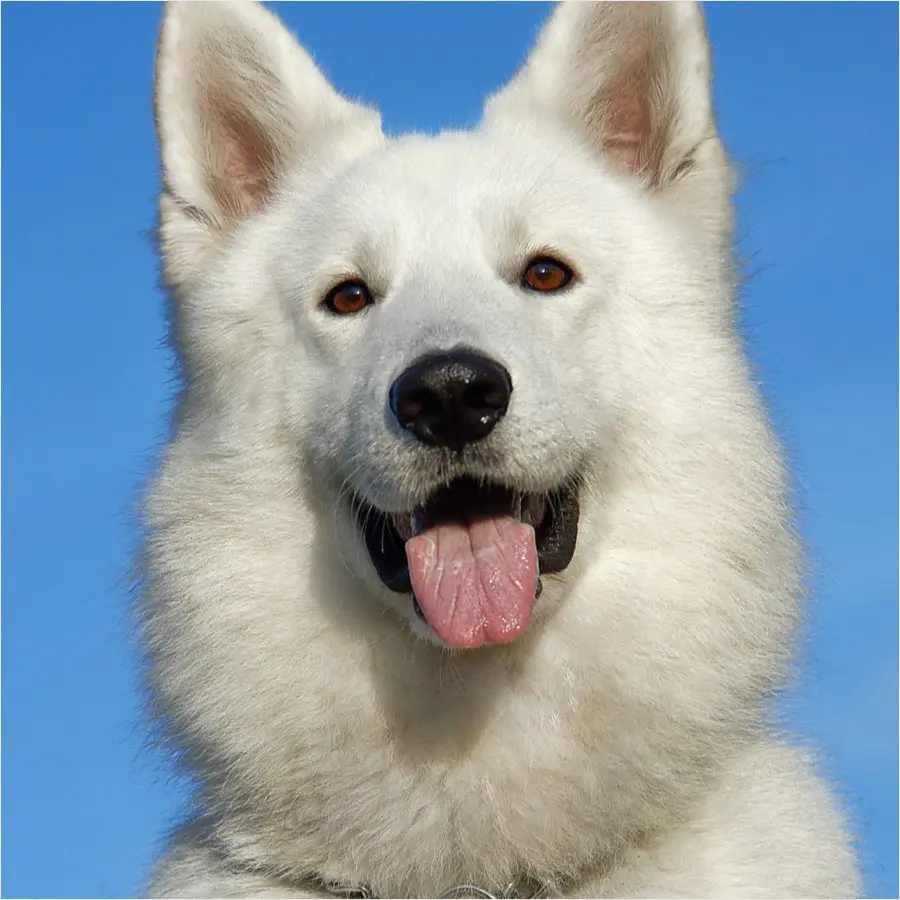Dogs, much like humans, need regular physical activity to stay healthy, both physically and mentally. The amount of exercise your dog needs depends on various factors such as their age, breed, and individual health needs. Whether you have a playful puppy, an active adult, or a senior dog with specific requirements, it’s important to tailor your dog’s exercise routine to their life stage and physical condition. Here’s a comprehensive guide to help you determine how much exercise your dog needs on a daily basis.
Why Do Dogs Need to Exercise?
Exercise is essential for your dog’s overall health and wellbeing. Here’s why:
- Physical Health: Regular exercise helps your dog maintain a healthy weight, strong muscles, and good cardiovascular health. It’s crucial for preventing obesity, which can lead to serious health issues like joint problems and diabetes.
- Mental Stimulation: Dogs also need mental exercise to stay sharp and happy. Physical activities such as walks, fetch, and training sessions provide not only physical benefits but also mental challenges.
- Behavioral Benefits: Adequate exercise can help reduce unwanted behaviors like excessive barking, chewing, and anxiety. When dogs get enough physical activity, they are less likely to engage in destructive habits.
- Socialization: Exercise often involves interacting with other dogs or people, helping your dog develop better social skills and reduce anxiety or fear.
- Bonding: Engaging in exercise together is a great way to strengthen the bond between you and your dog. It helps your dog feel loved and provides you both with quality time together.
How Much Exercise Does a Puppy Need?
Puppies have a lot of energy, but they also have developing bodies and should not be overexerted. While puppies are naturally playful and curious, they need a balanced approach to exercise.
- Duration: A general rule of thumb is five minutes of exercise per month of age, up to twice a day. For example, a 3-month-old puppy should get about 15 minutes of exercise per session, which can include short walks, playtime, and mental challenges.
- Avoid Intense Exercise: Avoid strenuous activities like running or jumping until your puppy’s bones and joints are fully developed, which usually happens around 12 months for smaller breeds and 18-24 months for larger breeds.
- Socialization and Play: Keep in mind that puppies benefit from socialization with other dogs, but be cautious about taking them to dog parks or exposing them to too many risks before their vaccinations are complete.
How Much Exercise Does an Adult Dog Need?
Adult dogs are typically more active than puppies or senior dogs, and they require a steady routine of physical activity. The exercise needs of an adult dog depend largely on their breed and personality.
- General Requirement: On average, adult dogs need at least 30 minutes to 2 hours of exercise each day. Active breeds, like Border Collies and Golden Retrievers, may require 1-2 hours of exercise, while less active breeds, such as Bulldogs or Basset Hounds, may be comfortable with 30-60 minutes of light activity.
- High-Energy Breeds: Dogs that were bred for working or herding, like Huskies, Shepherds, and Pointers, often require more intense activities, including running, hiking, and mental stimulation like agility training or obedience sessions.
- Low-Energy Breeds: Dogs such as Dachshunds, Chihuahuas, and Shih Tzus tend to require less exercise. A few short walks and play sessions throughout the day will suffice to keep them healthy.
- Physical and Mental Balance: For most dogs, exercise should involve a mix of physical activity (like running or playing fetch) and mental challenges (such as puzzle toys or training exercises) to maintain their happiness and prevent boredom.
How Much Exercise Does a Senior Dog Need?
As dogs age, their energy levels and mobility often decline. However, they still need regular exercise to maintain their health and avoid obesity.
- Moderate Exercise: Senior dogs typically need less exercise than adults, but it’s still essential. Aim for 30 minutes of exercise daily, which can be broken up into shorter sessions if necessary. Keep the pace slow and gentle.
- Low-Impact Activities: Senior dogs may benefit from lower-impact exercises like walking or swimming. Swimming is an excellent option for dogs with joint problems because it is easy on their body and still provides a good workout.
- Watch for Signs of Fatigue: Older dogs can tire more easily, so keep an eye on their energy levels during walks or playtime. Always allow them to rest if they seem fatigued.
- Veterinary Guidance: Always check with your vet before starting a new exercise regimen for your senior dog, especially if they have pre-existing health conditions like arthritis or heart disease.
How Much Exercise Does a Dog with Medical Conditions Need?
Dogs with medical conditions such as arthritis, hip dysplasia, or heart problems require tailored exercise routines. Exercise can help manage these conditions and improve your dog’s quality of life, but it should be done carefully.
- Arthritis: Low-impact activities like swimming or slow-paced walks are great options for dogs with arthritis. Avoid activities that involve jumping or sudden movements, as these can strain their joints.
- Heart Conditions: Dogs with heart disease may require gentle, short walks and should avoid strenuous exercise. Consult your veterinarian to determine an appropriate exercise plan.
- Weight Management: For dogs struggling with obesity or joint issues, regular, moderate exercise is important to maintain a healthy weight. Work with your vet to find the right balance of exercise and diet.
- Use Pain Relief: If your dog is in pain due to a medical condition, ask your vet if pain management options are available to help make exercise more comfortable.
Dogs That Don’t Need Much Exercise
Some dog breeds are naturally low-energy and require less exercise. If you have a busy lifestyle, these breeds might be a better fit for you.
- Flat-Faced Breeds: Pugs, Bulldogs, and Shih Tzus have breathing difficulties that make intense exercise challenging for them. These dogs tend to be content with short walks and occasional play sessions.
- Basset Hounds: Known for their laid-back nature, Basset Hounds don’t require much exercise. They enjoy short walks and lounging around the house.
- Mastiffs: Despite their large size, Mastiffs are relatively low-energy dogs. They need moderate exercise but are more likely to enjoy a relaxing day on the couch than running around.
Tips for Exercising Your Dog Safely
When exercising your dog, it’s important to keep their safety in mind. Here are some tips to ensure a safe exercise routine for your dog:
- Hydration: Always provide plenty of fresh water for your dog before, during, and after exercise to prevent dehydration.
- Avoid Hot Weather: Never exercise your dog during the hottest parts of the day, especially during summer. Heatstroke is a serious risk for dogs, and they can’t cool down as efficiently as humans.
- Use Proper Equipment: Use a harness instead of a collar if your dog pulls or if you’re going for a long hike or run. This will help avoid strain on their neck.
- Gradual Build-Up: Start slow if your dog is new to exercise or if they haven’t been active in a while. Gradually increase the duration and intensity of the activity.
FAQs About Dog Exercise
A general recommendation is 30 minutes to 2 hours of exercise per day, depending on your dog’s age, breed, and energy level.
Over-exercising can lead to injuries and exhaustion. Always pay attention to your dog’s signals and avoid strenuous exercise for puppies and senior dogs.
Yes! Swimming is a low-impact activity that’s great for dogs with joint issues or older dogs. It’s also a fun way to exercise and cool off.
Indoor activities like playing tug-of-war, hide-and-seek, and creating an obstacle course can help keep your dog active when the weather is bad.
Conclusion
Exercising your dog is essential to their overall health and happiness. By considering factors such as their age, breed, and health, you can tailor their exercise routine to meet their needs. Regular physical activity will keep your dog fit, improve their behavior, and enhance your bond. Whether it’s a playful puppy, an energetic adult, or a senior with special requirements, there are plenty of ways to keep your dog active and engaged.
